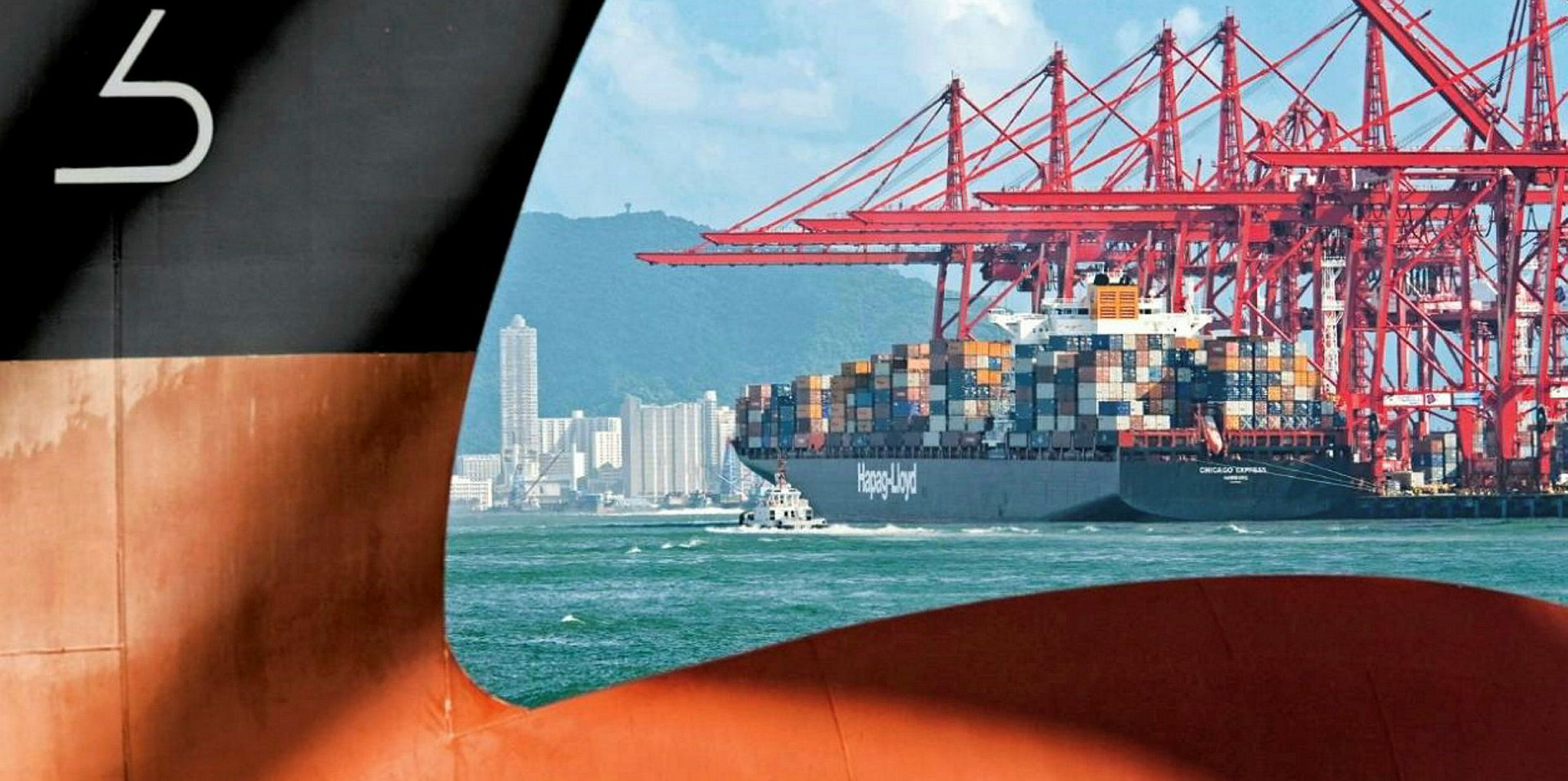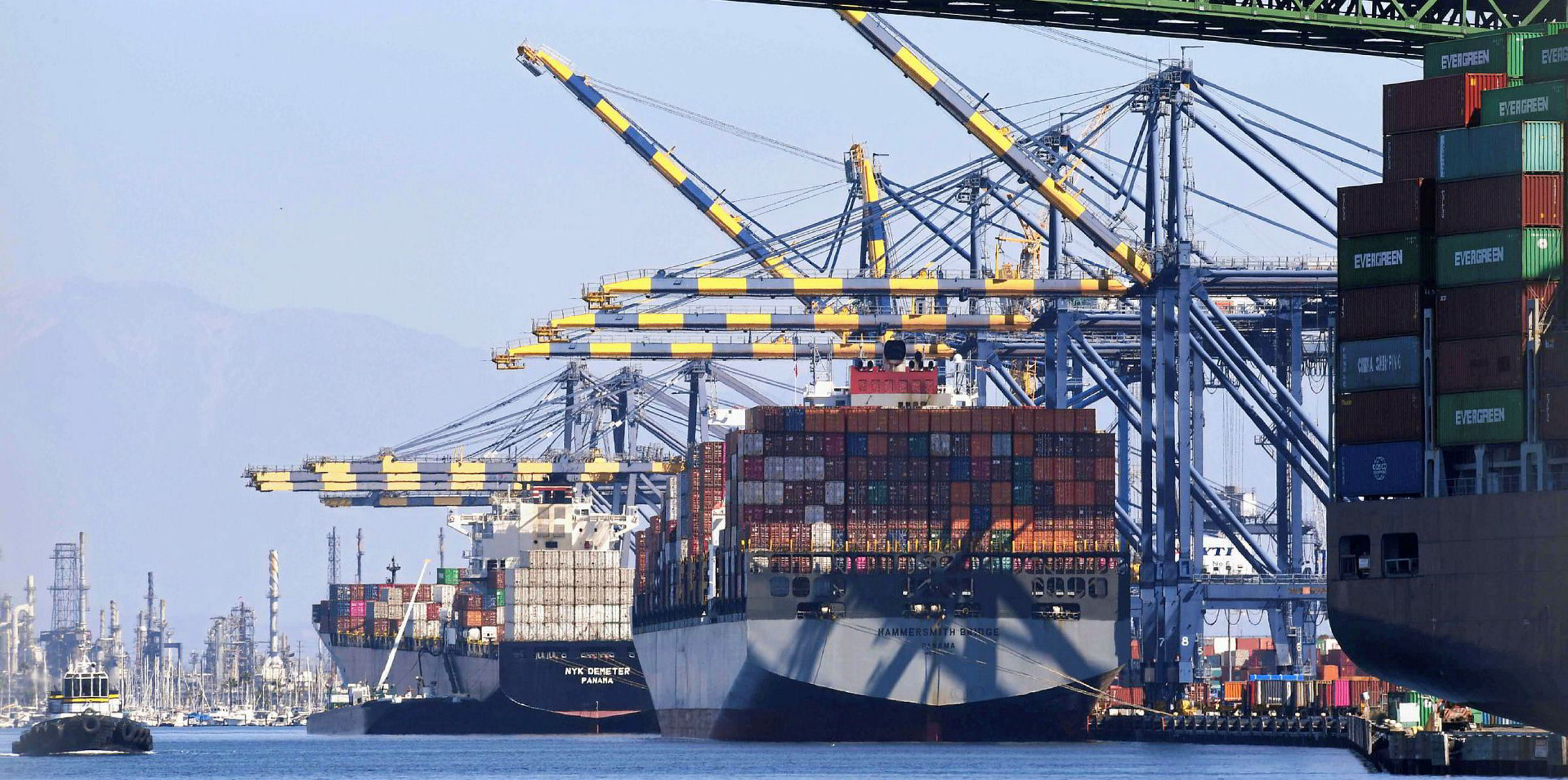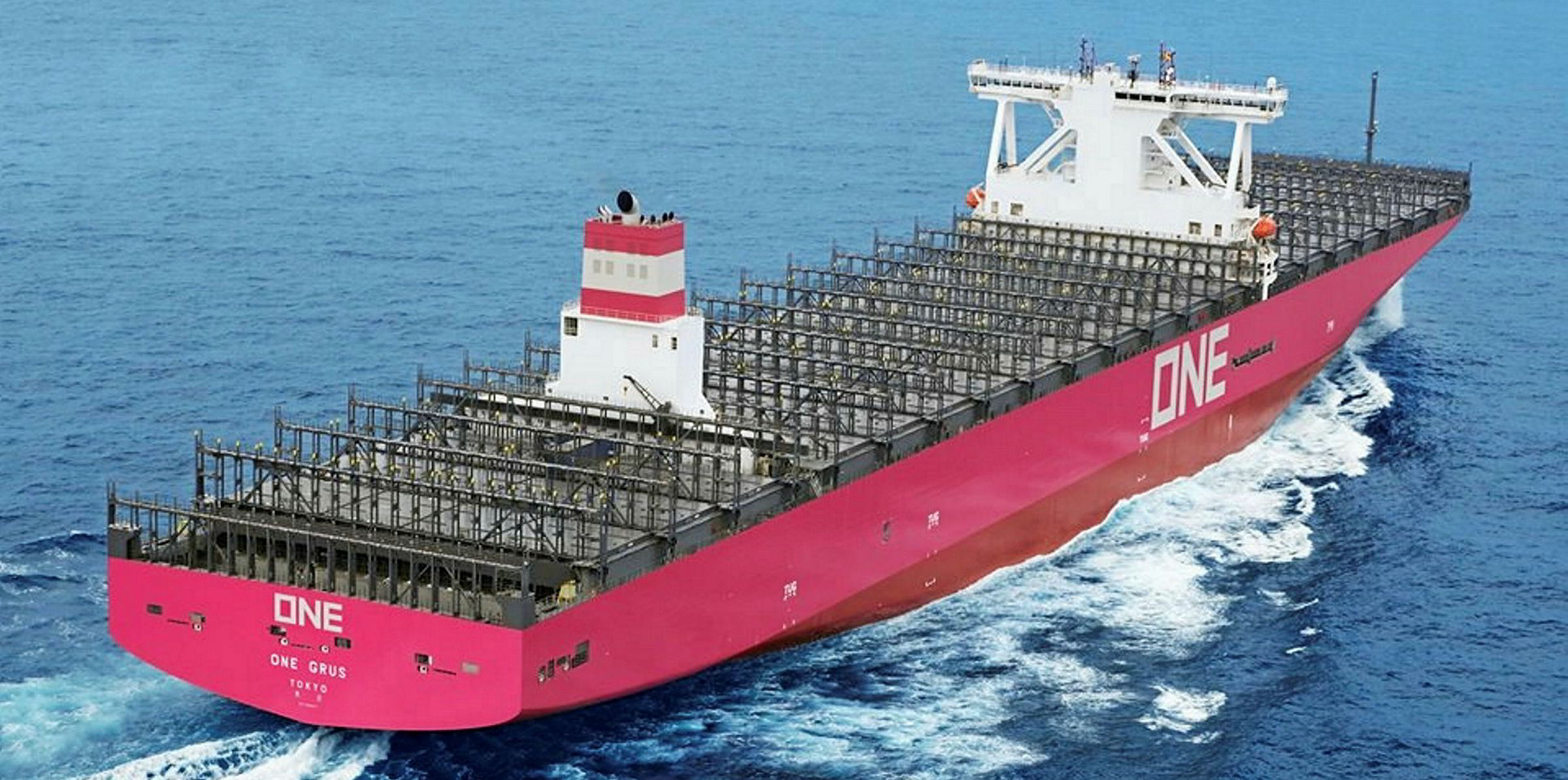Container shipping’s traditional third quarter peak season is likely to disappoint amid persistent weakness in global trade and a slowing world economy, a top analyst has warned.
“Shippers are unlikely to witness a volume boost with inventories bloated from front-loading and manufacturing PMIs continuing to paint a dire demand outlook,” said Bloomberg senior transport analyst Rahul Kapoor.
“Weakness in Asian exports could extend amid subdued demand outlook and spreading economic malaise.
“The deterioration in external demand is affecting North Asian economies, and the US-China trade dispute puts any recovery in manufacturing and exports at risk.”
Kapoor said Asian exports, the key driver of global trade volume, are likely to remain under pressure this year, having already lost momentum in late 2018.
“Global trade closely tracks China’s PMIs, suggesting a deeper export slowdown may lie ahead as exporters are squeezed by rising tariffs and weak demand,” he said.
“Slowing manufacturing and new export orders signal that second half trade growth will be disappointing.”
Kapoor said extended export-order weakness will “negatively impact volumes” for the July-October peak season and carrier losses will be “exacerbated by weak freight rates”.
The situation has been made worse by US importers scrambling to avoid tariffs on Chinese exports which has led to a surge in front-loading of cargo volumes in recent months and in turn driven a significant rise in inventory levels.
Notwithstanding, the US China trade truce, Kapoor said the 25% tariffs on half of Chinese exports to the US remain in place and will “continue to hamper container volume growth and demand” for remainder of the year.
“Peak season container volumes are unlikely to see positive seasonal factors as US consumer spending seems to be peaking and import volumes have surged between the third quarter of 2018 and the first quarter of 2019 from shipments being brought forward,” he said.
“The significance of the peak season has been declining in recent years but tariffs-led front loading saw 2018 emerge as the strongest peak-season since 2015, and event unlikely to be repeated in 2019.”
Global container volume rose just 0.5% in the first quarter, the least since 2015, and Asia-North America volumes slowed the most in three years to just 2%, a trend that is likely to continue to worsen in the second half of 2019.
Kapoor said carriers hoping for a recovery in container spot rates in the upcoming peak season could be disappointed.
“We believe container rates on key Asia-US trade lanes could stay under pressure in the absence of a significant demand pickup in coming months,” he said.
“Despite carriers aiming to boost spot rates and profitability in the key third quarter peak season with a mix of new surcharges and capacity adjustments, weakening fundamentals will make it hard.”
Kapoor warned that muted recovery in container freight rates will likely push carriers to report “tepid third quarter profitability” and negatively impact full-year earnings.
“Carriers need disciplined capacity management to support pricing in spite of volume pressure stemming from softer US imports and elevated inventory levels, which will prevent significant rate gains,” he added.






